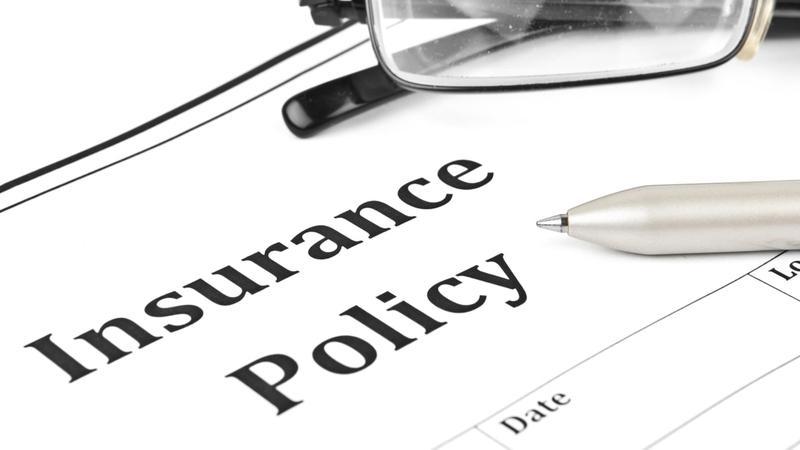A poll conducted by an insurance company in September 2010 showed that nearly one quarter of Canadians don't know what their insurance policy covers. According to the study, more than half (53%) said they had made a claim on their insurance policy, and of those, 42% said they were surprised by something contained in their policy.
If you have suffered a loss and need to make an insurance claim, this is not a good time to discover what your policy covers-or doesn't cover. Here is an outline of basic home and automobile insurance coverage.
Home Insurance
A standard home insurance policy in Ontario covers the building, its contents and liability. For condo owners and tenants, only contents and liability apply.
- Building - the main dwelling, garage and outbuildings.
- Contents - furniture, carpets, personal possessions. Valuables such as art and jewellery may require additional coverage.
- Liability - negligence on your part causing injury or property damage to others
There are several types of insurance policies you can purchase.
Comprehensive- Covers the building and its contents for all risks except any specifically excluded.
Basic/Named Perils - A policy that covers only those perils stated in the policy. This is the most basic coverage and an option if you want to save money by carrying some of the risk of financial loss yourself.
Broad - Provides comprehensive coverage on higher priced items like the dwelling, and named perils coverage on the contents. This is an option if comprehensive is too pricey and named perils seems too risky.
No Frills- Some insurers offer basic coverage if there are physical issues with your home that keep it from meeting basic insurer's standards. You may want to consider correcting these problems in order to qualify for better coverage.
Insurable perils generally include aircraft or vehicle impact, electrical current, explosion, falling objects, fire, lightning, riot, smoke (but not fireplaces), theft, transportation (when your personal property is temporarily away from your home), vandalism, wind and hail and window glass. Water damage may also be included, but be careful-this usually refers to water damage within the home or a water main, but not issues such as floodwater, sewer backup or seepage. You may have to add sewer back up coverage to your policy for an additional cost.
Automobile Insurance
To drive in Canada, it is the law to have basic auto insurance coverage. The government of each province determines which benefits are to be included as minimum coverage. For example, in Alberta it is mandatory to have the following minimum insurance coverage on your vehicle:
Third Party Liability- provides coverage if you are legally responsible for a collision that causes injury or death to another person or damages their property.
Accident Benefits- provides benefits that you, certain family members and passengers are entitled to receive if injured or killed in a collision. These can include income replacement, payment for medical treatment and rehabilitation, and payment of funeral expenses.
There is optional insurance coverage you can add on for an additional cost including collision and comprehensive, plus endorsements such as glass coverage, loss of use, legal liability for damage to non-owned automobiles, limited waiver of depreciation and family protection.
Consider reviewing your insurance policy now, before you need to make a claim. It is also a good idea to review your coverage when you have purchased an item of value in case you need to increase your coverage-your insurance professional can help you with all the details. You can also visit InsuranceHotline.com for more information.
